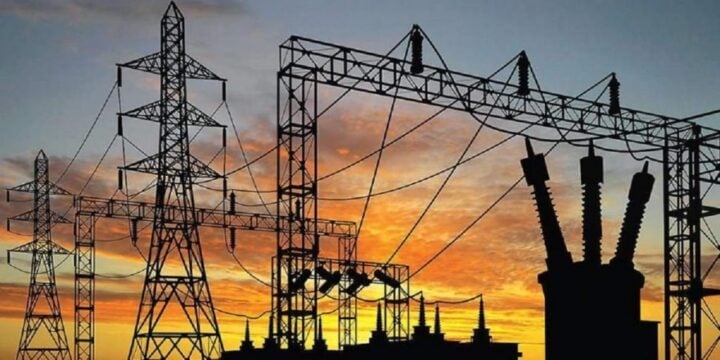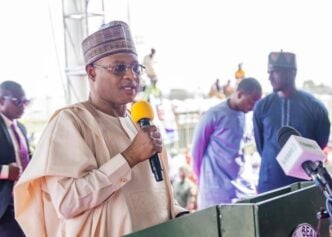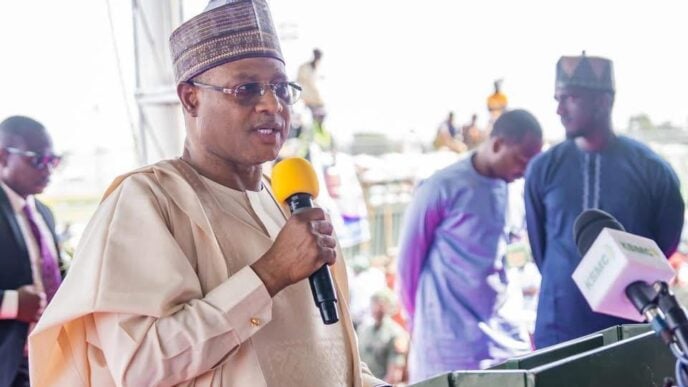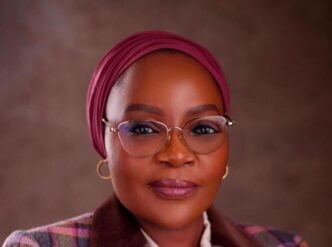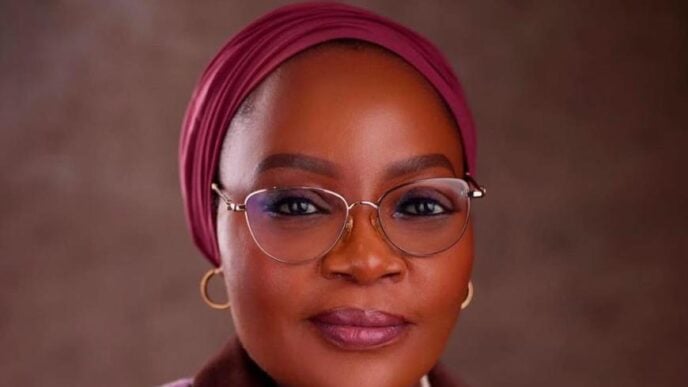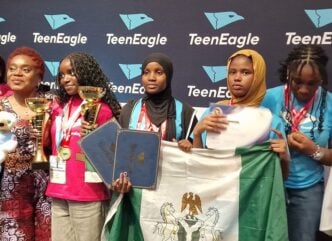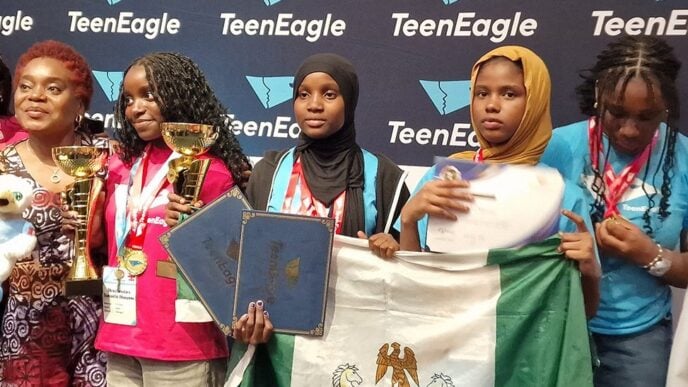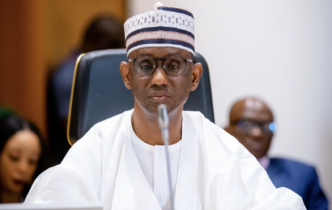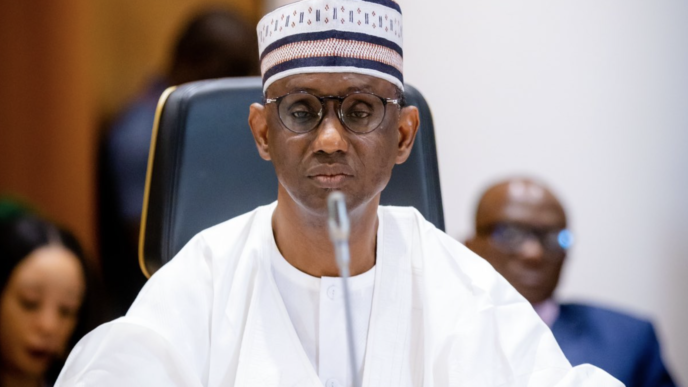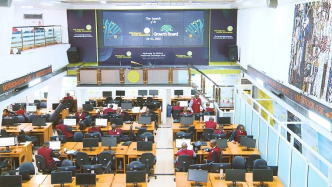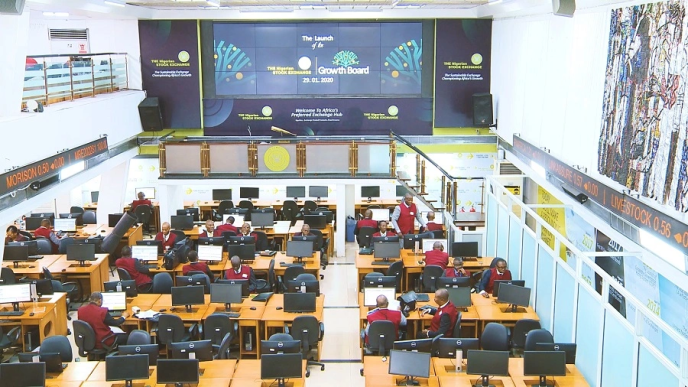BY ABDULMALIK ISHOLA AND DAVID SEGUN-PETER
There is nothing more Nigerian than a good “reform.” In the 2000s alone, Nigeria experienced reforms in policing, pensions, local government administration, and taxation—to mention a few. Occasionally, we even revisited the same sector twice, notably with pensions in 2004 and 2014, and electricity in 2005 and again in 2023.
The latest round of electricity reform, introduced by the Electricity Act 2023, is already sparking controversy. On July 18, 2025, the Enugu State Electricity Regulatory Commission (EERC), through Order No. EERC/2005/003, cut the top‑band tariff charged by MainPower Electricity Distribution Ltd from ₦209.5/kWh to ₦160.4/kWh after reassessing operating costs. Instead of applause, the move drew sharp criticism from the Nigerian Electricity Regulatory Commission (NERC), the federal regulator.
Meanwhile, the Senate is preparing to revisit the Act—less than three years after its passage. Are we about to reform our latest reforms? Two issues lie at the heart of the EERC‑NERC standoff: a mounting ₦4 trillion subsidy burden on the Federal Government, and a contest over regulatory supremacy in the
power sector.
Advertisement
A ₦4 Trillion Subsidy Burden
For years, the federal government has propped up Nigeria’s power sector with repeated cash injections: ₦213 billion in 2014, a ₦701 billion guarantee for generation companies (GenCos) in 2017, and ₦37 billion for metering in 2018. The biggest lifeline remains the Nigeria Bulk Electricity Trader (NBET). NBET buys power from GenCos at a uniform rate—about ₦112.60/kWh—guaranteed by the federal government.
Distribution companies (DisCos) purchase that power but often recover less than the full cost owing to technical losses, theft, and non‑payment. Abuja makes up the shortfall, effectively subsidising the sector. By August 2022, the Central Bank of Nigeria had disbursed ₦1.3 trillion through NBET. Subsidies in 2024 alone reached ₦1.9 trillion, yet only ₦371 million (≈ 0.019 per cent) was actually paid, according to NERC. With reported sector debts now exceeding ₦4 trillion, Enugu’s recent tariff cut—from ₦209.5 to ₦160.4/kWh—will widen the gap between what MainPower collects and what NBET must pay GenCos, further inflating federal liabilities.
Advertisement
A useful counterpoint is Aba Power Ltd Electric Company (APLE), which serves nine local governments in Abia State. APLE’s tariffs, approved by NERC, range from ₦145 to ₦241/kWh, while EERC’s previous bands ran from ₦47 to ₦206/kWh. Since APLE operates subsidy‑free, its 2024 tariff review passed unchallenged. If Enugu were to fund its own power supply entirely, NERC would likely approve any financially sustainable tariff proposal.
The Constitutional Question
More fundamentally, the dispute raises constitutional questions. Can state regulatory commissions, such as EERC, independently deviate from tariffs set by the federal regulator? What specific powers did the constitutional amendments and the Electricity Act of 2023 grant to the states, and are these powers concurrent with, or subordinate to, federal authority?
As Enugu tests the boundaries of its regulatory autonomy, other states are closely watching. If the courts ultimately side with Enugu, it may set a precedent, prompting further tariff reductions by other states and deepening the financial liabilities borne by the federal government.
Advertisement
This clash between state autonomy and federal oversight may not only reshape Nigeria’s electricity landscape but could also ignite another round of national debate on the balance of power between Abuja and the states. History offers useful context. In 2005, former President Olusegun Obasanjo signed the Electric Power Sector Reform Act 2005, which, among other things, unbundled the National Electric Power Authority (NEPA) into eighteen entities. It created a federal
regulator—the Nigerian Electricity Regulatory Commission (NERC)—privatised generation plants, and established regional distribution companies. The results were
mixed. Privatisation took nearly ten years, concluding in 2014.
Although installed capacity roughly doubled, power supply remained inadequate. Distribution companies (DisCos) struggled to recover payments for power supplied, and the GenCos were burdened with massive debts—estimated between ₦700 billion and ₦2 trillion, depending on the source.
Hoping to address these structural problems, in 2023, President Bola Tinubu signed the Electricity Act 2023. Just as Nigeria modelled its political system on that of the United States, it aimed to replicate elements of the U.S. electricity market.
Similar to the U.S. system, the reforms allowed the states and the federal government to regulate the power sector concurrently. However, this was decentralisation, not devolution. The federal government retained key roles, particularly in wholesale and interstate generation and transmission, while states were empowered to regulate distribution and develop new generation, transmission, or distribution systems wholly within their territories. The result is a two-tiered system: a national grid under federal regulation, and state-level grids where states can build facilities according to their needs.
Advertisement
Why did the reforms follow this path? The federal government has historically been deeply involved in the power sector. It owns 40% of the DisCos, provides subsidies, and finances most of the national grid’s buildout. Beyond politics, practical science played a role: electricity is rarely consumed where it is generated. Rivers in the North drive hydroelectric dams, while gas fields in the South fuel power plants.
A federal grid that wheels power across state lines is therefore essential, making federal oversight of generation and transmission logical. Distribution, on the other hand, was left to the states as it concerns last-mile delivery to end users—connecting homes, offices, and factories.
Advertisement
The eventual vision, modelled on the American market, is one where a state may either manage its electricity needs entirely within its borders or operate a market in which suppliers can buy power from either a federally regulated or state-regulated plant—whichever is cheaper—while the government regulates a competitive market that benefits Nigerians. During this transition, the Electricity Act 2023 places NERC at the helm, supervising the sector and collaborating with state regulators to achieve this balance.
The 1999 Constitution and the Electricity Act delineate the roles of the federal and state governments. States that have passed electricity laws may regulate generation, transmission, and distribution occurring wholly within their territory, while NERC oversees wholesale generation and transmission. The question is: where does tariff-setting fall in this equation?
Advertisement
The EERC revised its tariffs downward by cutting the generation cost charged to its DisCo from ₦112.60 per kWh (the approved NERC rate) to ₦45.75 per kWh. It argues that the Constitution grants states authority over “distribution,” which it interprets to include setting the prices charged by their distribution companies. Traditionally, DisCos collect electricity bills from consumers.
This arrangement makes intuitive sense: GenCos incur generation costs, transmission companies collect fees for wheeling power, and DisCos incur the final costs of delivering power to consumers. DisCos then collect fees, settle upstream costs, cover their own, and retain the margin.
Advertisement
NERC, in a public notice issued on July 24, 2025, acknowledged state powers to regulate distribution wholly within their territories. However, it insisted that tariffs must fully incorporate national grid costs unless states are prepared to subsidise the resulting shortfall.
On July 28, 2025, the EERC responded, accusing NERC of undermining state authority by refusing to allow multiple tariff regimes and of attempting to deny Enugu
and its citizens the benefit of a subsidy available to all states.
Ultimately, the courts will determine whether the EERC is conflating “distribution” with tariff-setting. Paragraph 15 of Part II, Second Schedule of the 1999 Constitution (as amended) defines distribution as “the supply of electricity from a sub-station to the ultimate consumer.” Read alongside the Electricity Act 2023, “distribution” most likely refers to the physical infrastructure—wires, transformers, meters—that carries power from a transmission network to the end user.
The Act also anticipates the unbundling of current DisCos into separate distribution and supply companies, distinguishing between those who own infrastructure and those who bill consumers. Collecting bills is not the same as setting prices. Even if “distribution” were deemed an exclusive state power, the definition does not include tariff-setting, which incorporates generation, transmission, and distribution costs.
Given that Enugu’s DisCo (MainPower) sources all of its power from the national grid under federal regulation, can the EERC lawfully set the generation cost of a federally licensed GenCo? The central question is whether “distribution” includes authority over end-user tariffs and, if so, whether that authority extends to
generation and transmission costs when those occur outside the state and on the national grid.
If the answer is yes, who bears the financial difference? Since Enugu hosts none of the power plants connected to the national grid, the EERC’s attempt to fix generation costs will remain highly contentious. Legal considerations aside, the market will react. On August 4, 2025, Mainpower Electricity Distribution Limited (MEDL) reported that its allocation from its parent company, Enugu Electricity Distribution Company, had fallen by half.
This was after an analysis of a ₦1 billion monthly shortfall as a result of the new tariffs. By reflecting an unpaid subsidy in its generation cost, there is a hole in the books waiting to be filled. As other states in its service region still maintain the ₦209.5/kWh price, Enugu’s power allocation would likely flow to those regions, to minimise losses for both the Generation and Distribution Companies. MEDL and the EERC are faced with tough choices: returning to national grid prices, sourcing for new generation-likely at higher market prices, or coughing up the money to pay for this shortfall.
Reducing electricity costs is commendable and should remain a primary objective for state regulators. However, genuine progress will likely come from addressing deeper systemic issues: cutting operational costs, reducing transmission and distribution losses, and improving billing efficiency, rather than simply announcing lower tariffs.
The jurisdictional questions and federal–state tussles in Nigeria’s electricity sector are bound to spark further litigation and negotiation. If it is indeed time to reform our latest reforms, Nigeria must proceed carefully. Perhaps, on our fourth attempt, we might finally get it right.
AbdulMalik and David are research associates at the Institute for Oil, Gas, Energy, Environment and Sustainable Development (OGEES), Afe Babalola University and can be reached at [email protected] and [email protected], respectively
Views expressed by contributors are strictly personal and not of TheCable.
